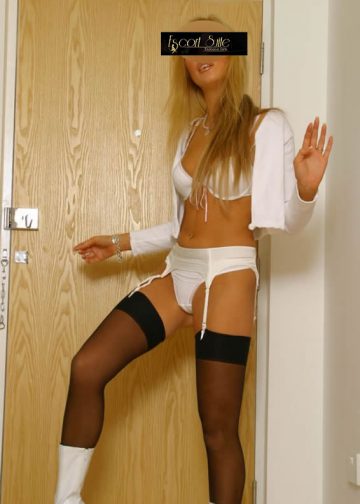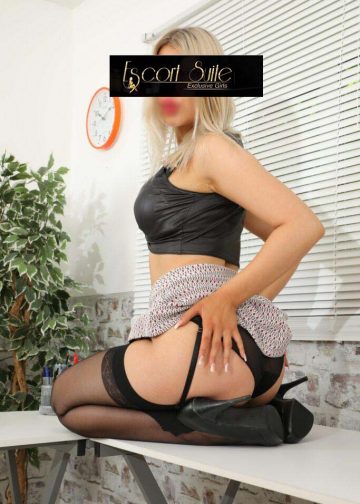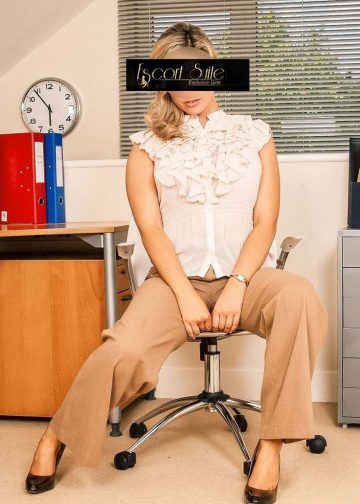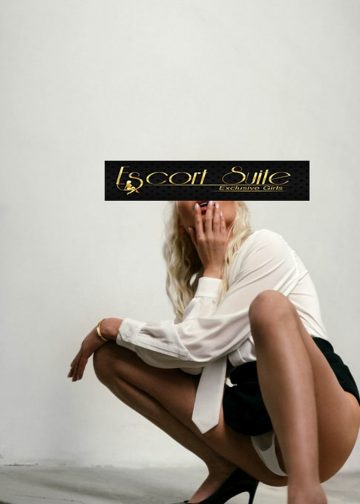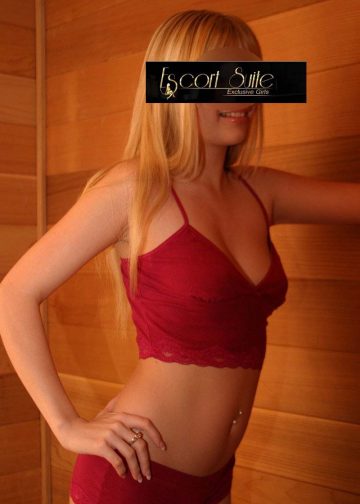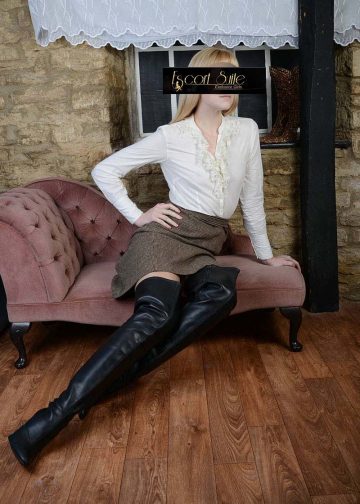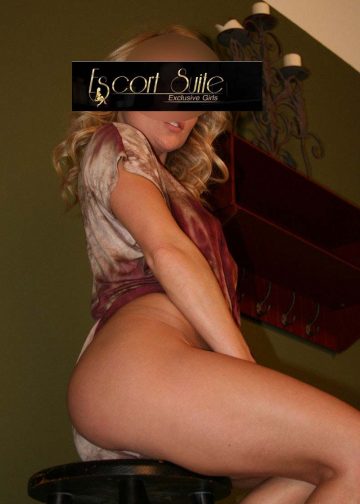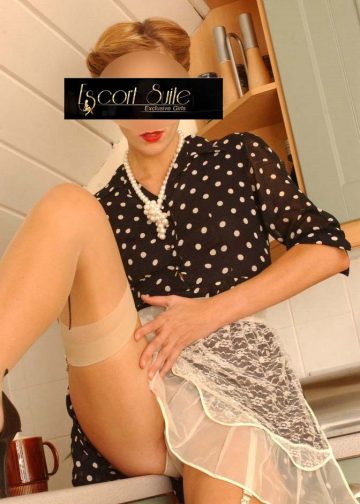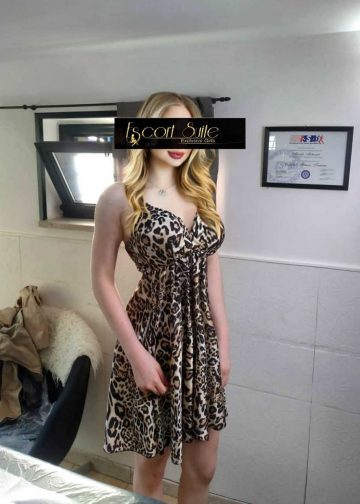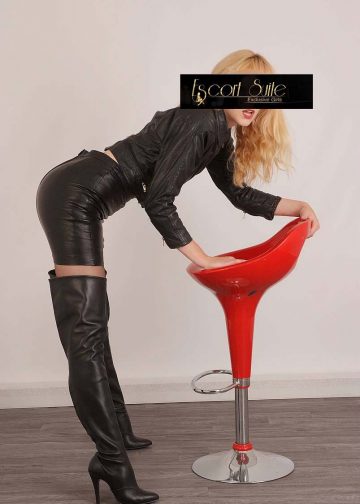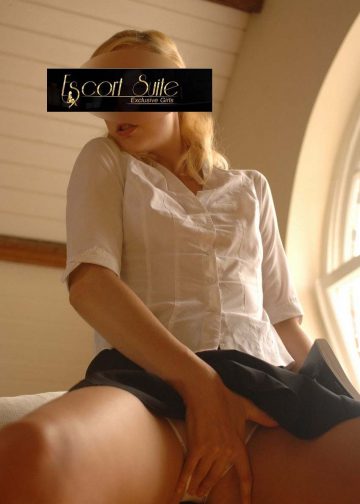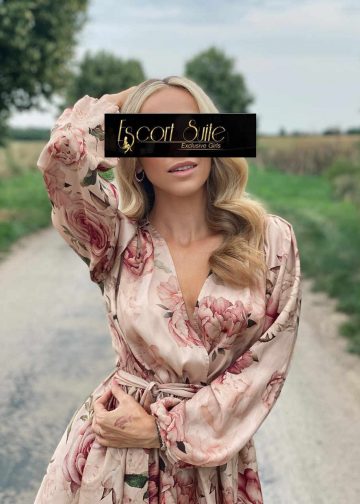Saale-Unstrut: 5 highlights & great travel tips for the region
In the last three years, we have travelled through Germany very often and have looked at many different corners of our homeland. However, we had never been to the Saale-Unstrut region before and were all the happier that it had happened this year. Of course, before our trip, we researched on the net and kept coming across the topics of wine, relaxation and history.
With blank memory cards, charged camera batteries and a few tips from our Instagram community, we made our way to the Saale-Unstrut region. We were very excited to see what would await us there. The following article will take you on this journey again and show you seven great highlights of the Saale-Unstrut region. Continue reading this post on the Escort Service Website.
General information about the Saale-Unstrut region
The region extends mainly along the two rivers, Saale and Unstrut and is located in southern Saxony-Anhalt and north-eastern Thuringia. Particularly noteworthy are the numerous cultural and historical sites, monuments and sights in the region, such as the Naumburg Cathedral, the Neuenburg in Freyburg and the Cistercian monastery Schulpforta. The epoch of the High Middle Ages was also the heyday of Romanesque architecture, so that you will find numerous magnificent medieval buildings in this region. Our escort girls recomand this blog1
Above all, the Saale-Unstrut region is known for wine growing and is also often called the “Tuscany of the North”. Here in Germany’s northernmost quality wine-growing region, you don’t have to look far for vineyards, steep terraces and romantic vineyard cottages. They are part of the landscape and can be found almost everywhere. More than 60 wineries await you, which not only offer wine and regional specialities but also offer guided tours and wine tastings.
Explore the region with an interactive app
The unique thing about our trip was that we could explore the region with the help of an interactive web app. It felt like a “scavenger hunt” as we had to solve different puzzles in different locations. We also discovered lesser-known places we would probably have overlooked or not have had on our screens without the web app. There are 30 stations in the app, each with 3 to 5 tasks, which you can discover in any order.
The more tasks we solved, the deeper we dived into the story. The narrator Moritz accompanied us through this varied region and sent us various pictures, voices and text messages. So we felt like we were in direct contact with him, which was excellent. We could visit five app stations and solve 20 of the 22 tasks during our trip. It was a whole new way to explore a region and sparked our ambition.
Setup: The web app can be used on any internet-enabled smartphone in the browser. To start the game, all you have to do is register your mobile phone number. To do this, enter your number, and they will send a password to you via SMS. You can now log in with your number and password and start immediately. Find a station in the overview and activate it. Moritz will get in touch with you and send you the first tasks. It’s best to try it out for yourself.
1. Merseburg & Merseburg Cathedral
We made our first stop in the small town of Merseburg, which is only about 30 km west of Leipzig. We strolled through the charming university town and just let ourselves drift. First, we crossed the Neumarkt Bridge, along the banks of the Saale, across the palace garden, and past the Merseburg Estates House before we finally reached Merseburg Palace and Merseburg Cathedral. Here we started the interactive web app and solved our first tasks.
The foundation stone for Merseburg Cathedral was laid in 1015 by Bishop Thietmar von Merseburg. Today, the cathedral is considered one of Germany’s most important cathedral buildings and offers several highlights worth seeing. After passing the 13th-century porch, we reached the nave, where the imposing Ladegast organ caught our eye. An unbelievable 5687 pipes were installed here. Crazy, right? If you want to hear this organ’s sound, you should not miss the Merseburg Organ Days, which take place once a year.
By the way, you can reach the impressive roof truss of the cathedral via the king’s staircase. From the viewing platform of the southwest tower, you have a fantastic view of the cathedral and the city. Moritz gave us a total of 5 tasks, all of which we were able to solve. Sometimes we had to count the candles in the bishop’s chapel and pay attention to more minor details in the crypt. We also found out here in the cathedral what the so-called “Merseburg magic spells” were all about. Conclusion: Overall, the city is charming, and the cathedral is worth seeing. In our opinion, the city of Merseburg can be included as a stopover.
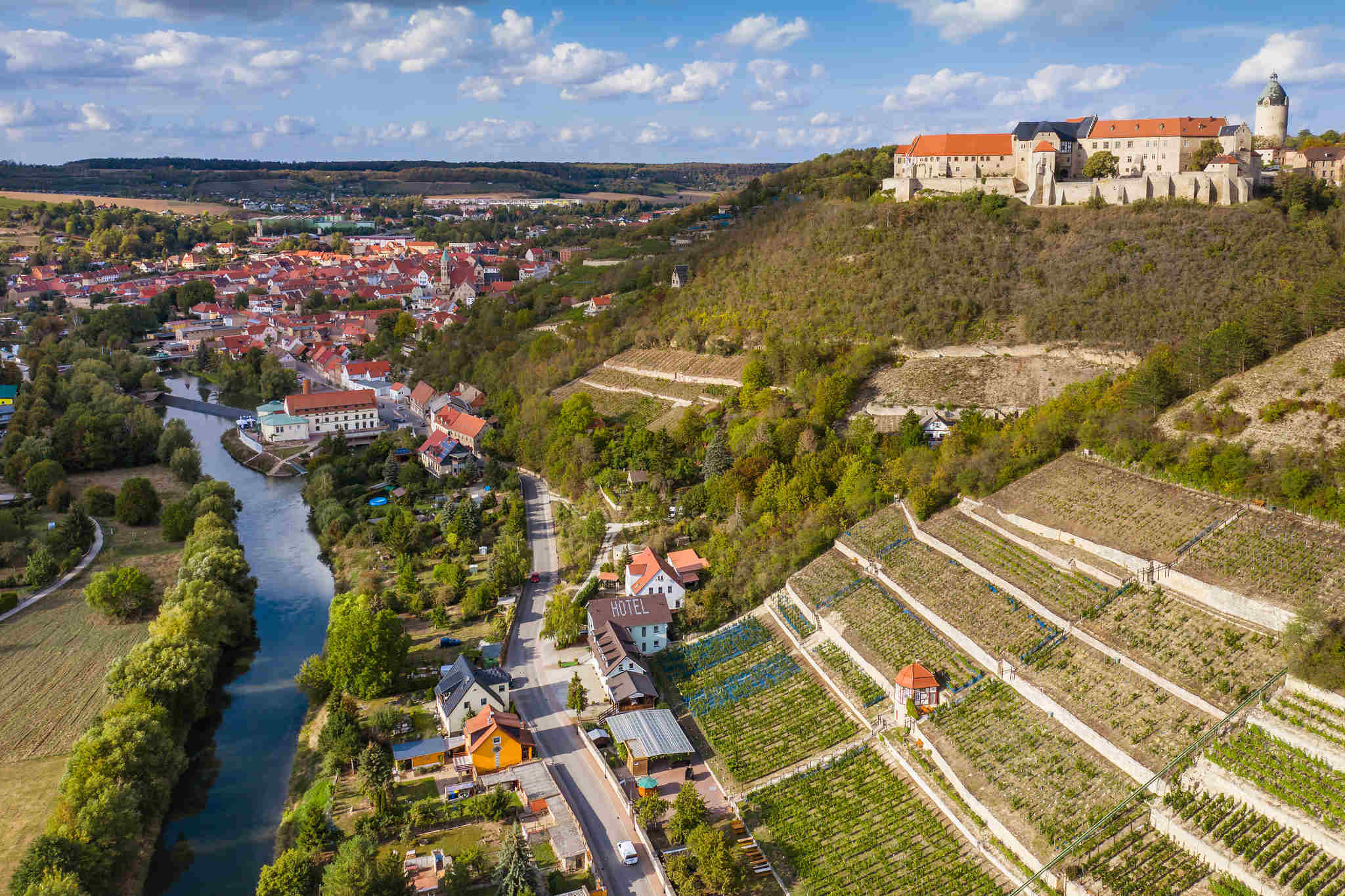
2. Naumburg Cathedral
On the second day, we started our journey of discovery through Saale-Unstrut in Naumburg, a small town in southern Saxony-Anhalt. The city, which has almost 35,000 inhabitants, awaited us with constant rain, but we didn’t mind that because Moritz first took us to the Naumburg Cathedral.
The cathedral is one of the top sights on the so-called “Romanesque Road” and was declared a World Heritage Site by UNESCO in 2018. The three-aisled basilica with four towers, an abbey and a cathedral garden was built between 1213 and around 1250 and had a total length of more than 100 metres.
UNESCO World Heritage
We entered the Naumburg Cathedral (admission €7.50 per person), grabbed an audio guide and started the web app “Kreis von Goseck”. Excitedly we waited for Moritz’s first task while we strolled very slowly in the direction of the nave. It is always impressive what imposing buildings were created by human hands so many centuries ago.
We immediately noticed the many details in Naumburg Cathedral, be it imaginative figures on the staircase, colourfully designed glass windows, the crucifix in the crypt, the world-famous twelve donor figures in the west choir or the medieval choir stalls. No matter where you looked, different stories were told everywhere in the cathedral.
Through the tasks in the web app, we took a close look at the cathedral and paid particular attention to the many small details. In the end, we solved the five tricky tasks and ended our tour outside in the cathedral garden, which is almost one hectare in size. Afterwards, we strolled through Naumburg’s very pretty old town and sipped a coffee with relish.
The web app also has the “Naumburg” station with three other tasks, but we just put our cell phones aside for the moment. Other sights in Naumburg include the market square, the town church of St. Wenzel with the observation tower, the Marientor, the town hall, the Naumburg tramway, the Jüdengasse, the town museum and the Nietzsche house.
3. Scavenger hunt in Jena
Finally, it was the city of Jena, and we were looking forward to exploring this German university town for a more extended afternoon. With around 111,000 inhabitants, Jena is the second largest city in Thuringia and is located about 35 kilometres south of Naumburg. We activated the station “Jena” in the web app and followed the instructions from the narrator Moritz. We visited some cool Jena highlights and got a first impression of the city.
Zeiss Planetarium
Would you also like to reach for the stars? Then visit the longest-serving planetarium in the world (which opened July 18, 1926). Here in the Zeiss Planetarium, not only are fixed stars and planets impressively projected onto the inside of the white dome but various multimedia educational and entertainment events are also presented (to the program schedule). During our journey through space, we have visited our planets in the solar system and numerous stars and galaxies. Tickets are available from €11 per person.
Botanical Garden
The city’s botanical garden is next to the planetarium, with around 10,000 plants from all climatic zones of the world. Incidentally, it is also the second oldest garden in Germany and, as a kind of “green lung”, contributes to improving the urban climate. We strolled through the various greenhouses and were amazed by the countless beautiful tropical plants.
We had the feeling of being back in Asia for a brief moment. Memories of when we hiked through the rainforest on Sumatra, among other things. Another highlight for us was the tiny Caribbean pipe frogs, which we could hear repeatedly. Of course, we took a closer look at the tasks in the web app to be able to answer the questions correctly—entry costs €4 per person.
View from the JenTower
We went up to the so-called “JenTower” for a magnificent view over the city. This office building is around 160 meters high with the antenna tip and has an observation deck (28th floor) at the height of 128 meters. So we were able to let our gaze wander over the roofs shortly before sunset and sip a delicious espresso in the Scala restaurant (27th – 29th floor). The ticket for the viewing platform costs only €4.50 per person.
Hip Wagnergasse
We were recommended a detour to Wagnergasse in Jena, where more than 15 cafés, bars and restaurants were waiting for us. This alley used to be a thoroughfare, and even trams ran along it until the 1970s. It is said that even Goethe passed through here with his carriage.
Today the so-called “pub alley” is very popular with students, business people and tourists and is a natural magnet. Small charming shops invite you to browse and stroll. We made ourselves comfortable in Café Stilbruch and ended the evening with a delicious meal.
More Jena sights
We let ourselves drift a little and strolled through the streets of Jena. We passed the Johannistor, Schiller’s garden house (unfortunately, it was closed), the Phyletisches Museum and the German Optical Museum (it has the most extensive collection of glasses). According to our community, the weekly market in Jena, which takes place every Tuesday, Thursday and Friday from 7 a.m. to 5 p.m. on the market square and Saturdays from 1 p.m. to 5 p.m., is also trendy. Of course, we didn’t have enough time to see all corners of the city. But the first impression was positive. Jena seems to be a fabulous city.
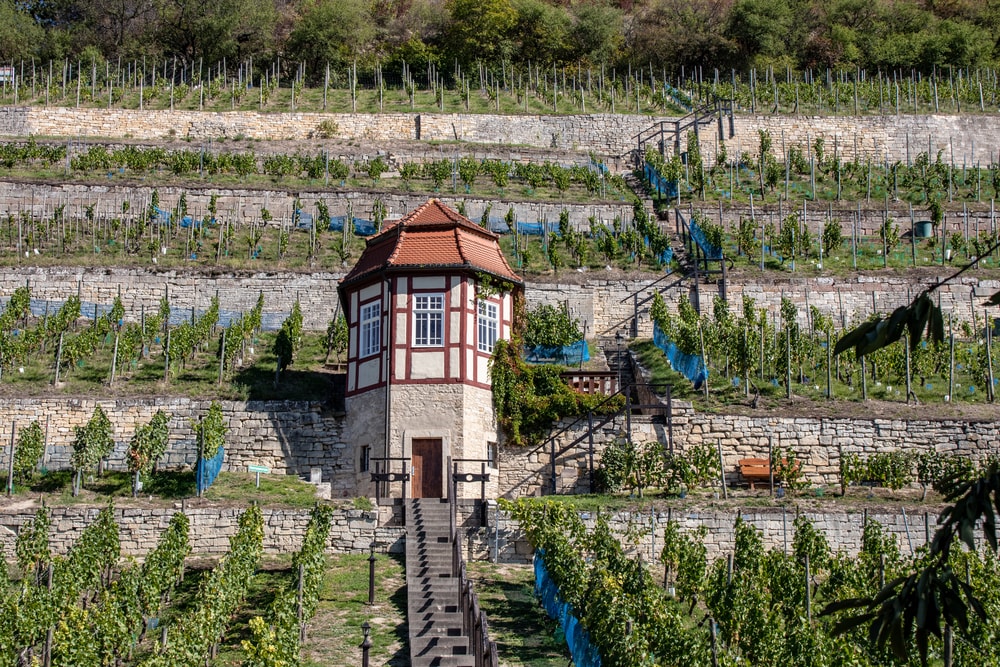
4. Cistercian Monastery Schulpforta
We started the third day of our trip in the former Cistercian monastery Schulpforta, which serves as a state school for around 300 gifted students today. The former monastery was founded in 1137 between Naumburg and Bad Kösen. It was not until 1543 that a unique educational institution was built in the former monastery building, which produced numerous famous graduates, such as Nietzsche, Klopstock and Fichte.
We felt an extraordinary atmosphere as soon as we entered the school complex, which is still enclosed by the old monastery walls. At that time, we were the only visitors on the site and could look around in peace. We started the “Schulpforta” station in the web app and waited for the first instructions from Moritz.
5. Saale-Unstrut highlights: Bad Sulza
During our little round trip through the Saale-Unstrut region, we also stopped in the spa and wine town of Bad Sulza. Here Moritz led us, among other things, through the beautiful spa gardens and to the Louise graduation tower. But let’s start at the very beginning. Bad Sulza has a settlement history of around a thousand years and is now a popular place for relaxation and wine-growing. Once upon a time, brine was boiled into cooking salt, which brought prosperity to the small town. It was not until 1730 that doctor Gregor Gerhard discovered the health-promoting effects of brine, and since 2004 Bad Sulza has been officially recognized as a brine spa.
Bad Sulza spa gardens
Moritz sent us to the Kurpark, designed in the style of an English landscape park, where we learned more about the history of the place and had to solve a few tasks. The tourist information is located in the former inhalator (a magnificent building, by the way), which was opened in 1903. Brine from the nearby Carl-Alexander-Sophienquelle was used to operate the inhalator.
In this way, the spa guests could do something good for their health in the various inhalation rooms in the house. Be sure to look at the photos on the walls of the tourist information and let the friendly staff tell you more about the house’s history. Very exciting!







